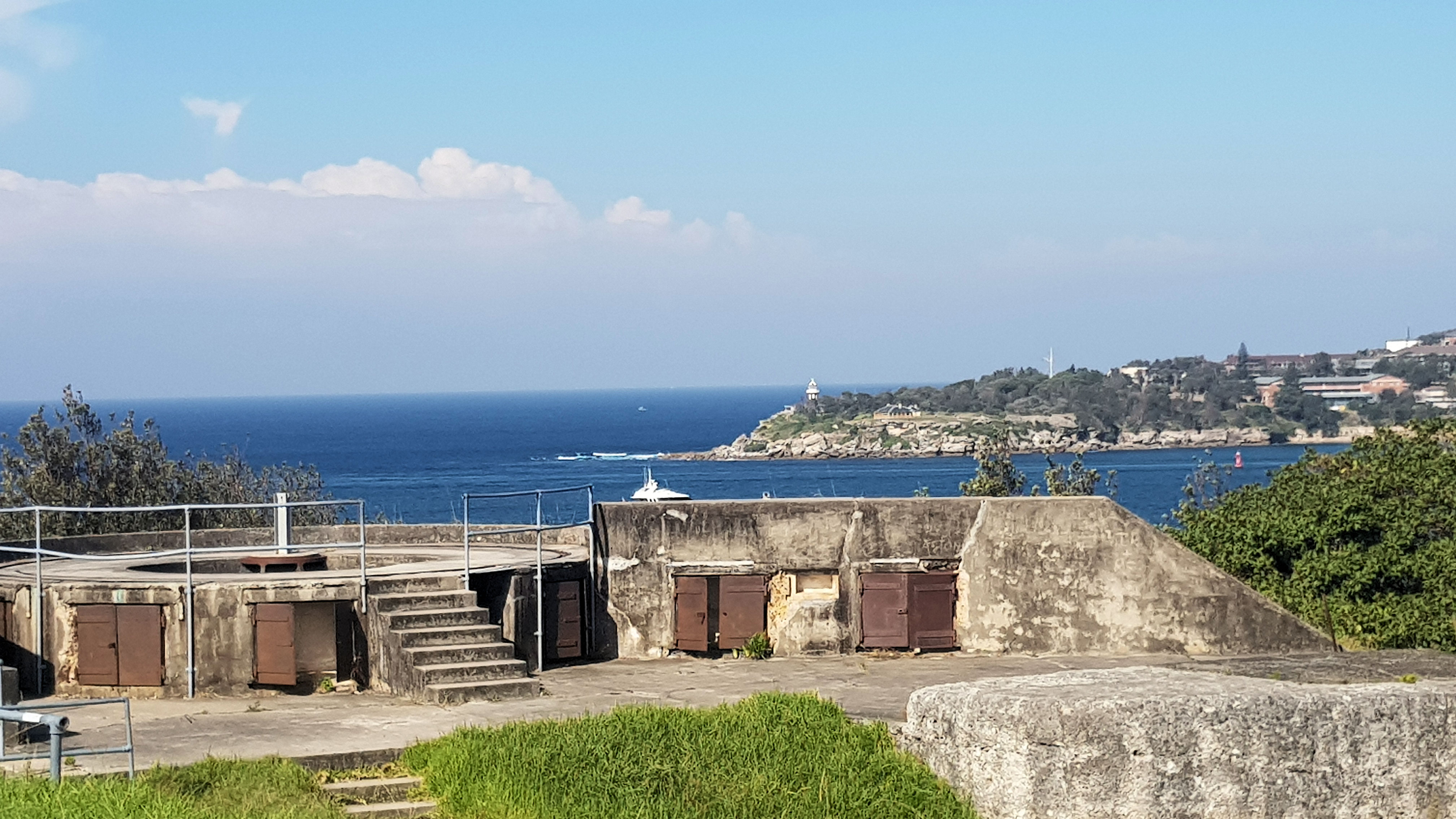Category: Building
Building
-
Paddington Reservoir Gardens Sydney Australia

How to Get To The Paddington Reservoir Gardens The Paddington Reservoir Gardens are a hidden gem in the middle of Sydney. You will find them next to the Paddington Town Hall on Oxford Street. Well sign posted they are difficult to miss. We caught the number 440 bus from Central Station and got off near… Read more
-
Small Arms Factory Lithgow

The Small Arms Factory in Lithgow is a reminder of Australia’s industrial past when the country was self reliant and able to produce its small armaments. Now disused the factory is merely an empty shell, although Thales still operate part of the site. However the old administration building is now a museum displaying items once… Read more
-
Middle Head Sydney Harbour

Middle Head Middle Head on Sydney Harbour houses the remains of Sydney’s original fortifications. Designed to repel an invasion from the sea, these huge concrete structures no longer have their guns, but remain as a reminder of times when Australia thought it was going to be invaded. The Royal Australian Navy still has a presence… Read more